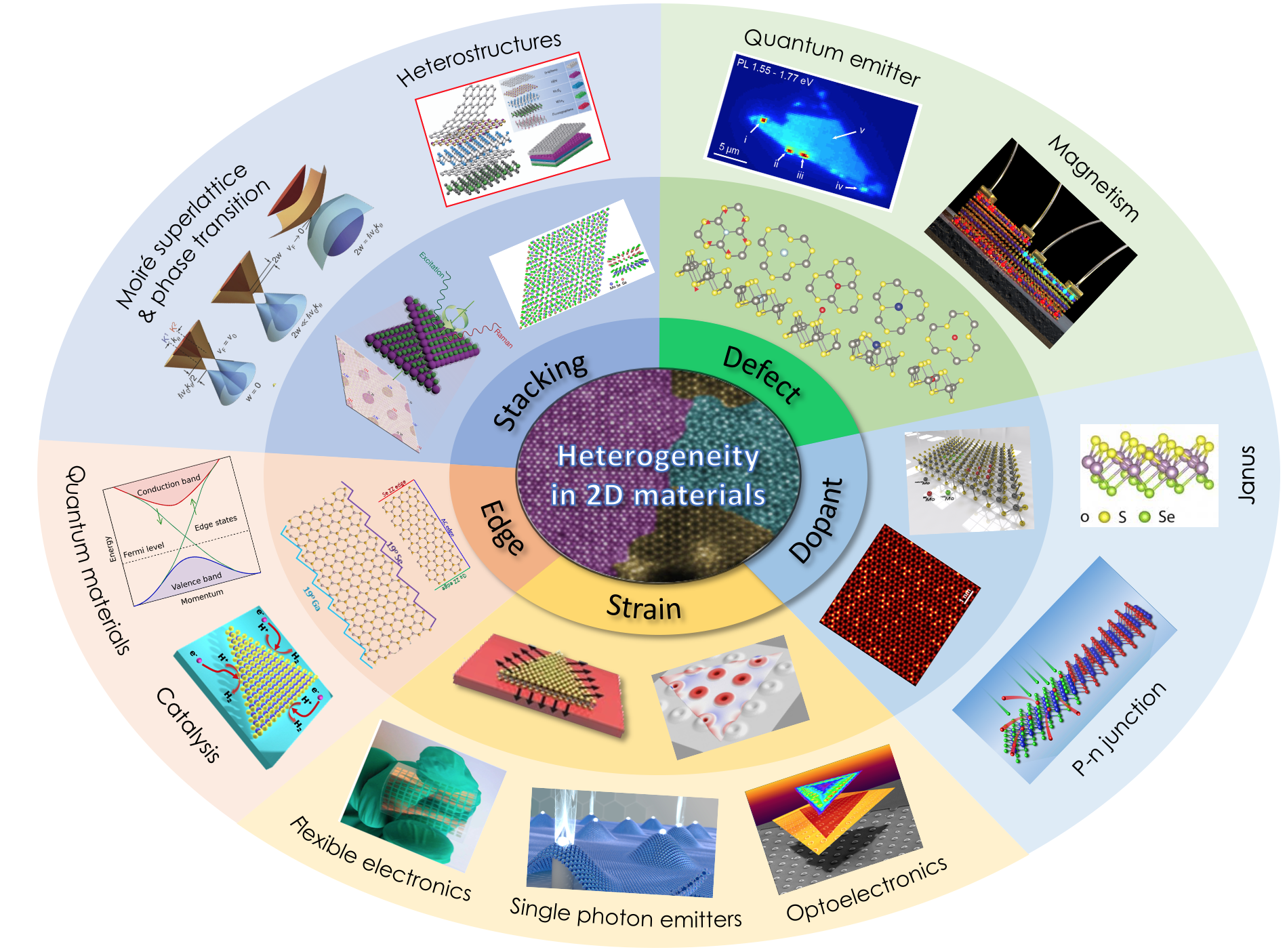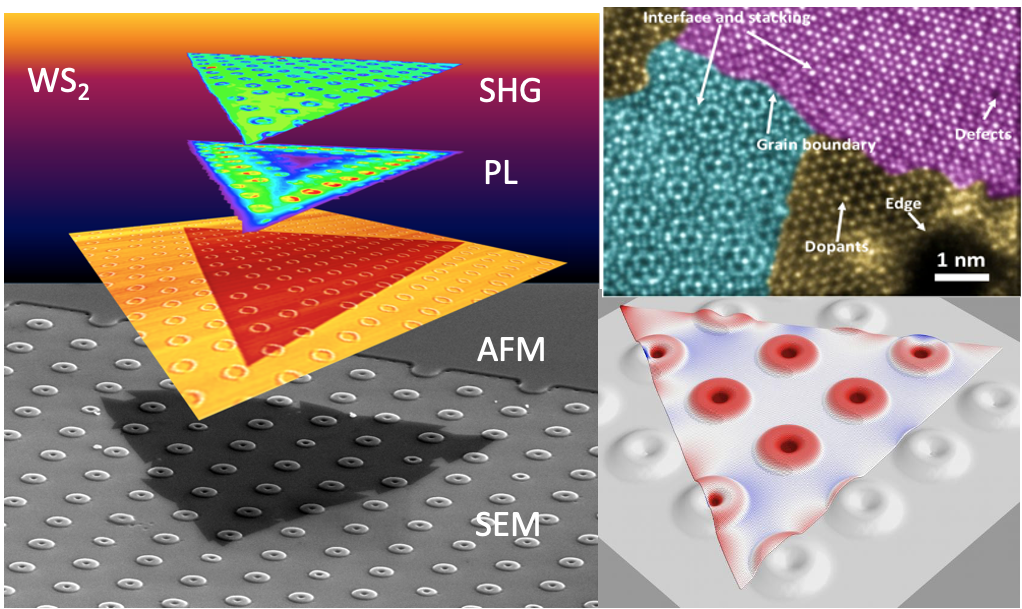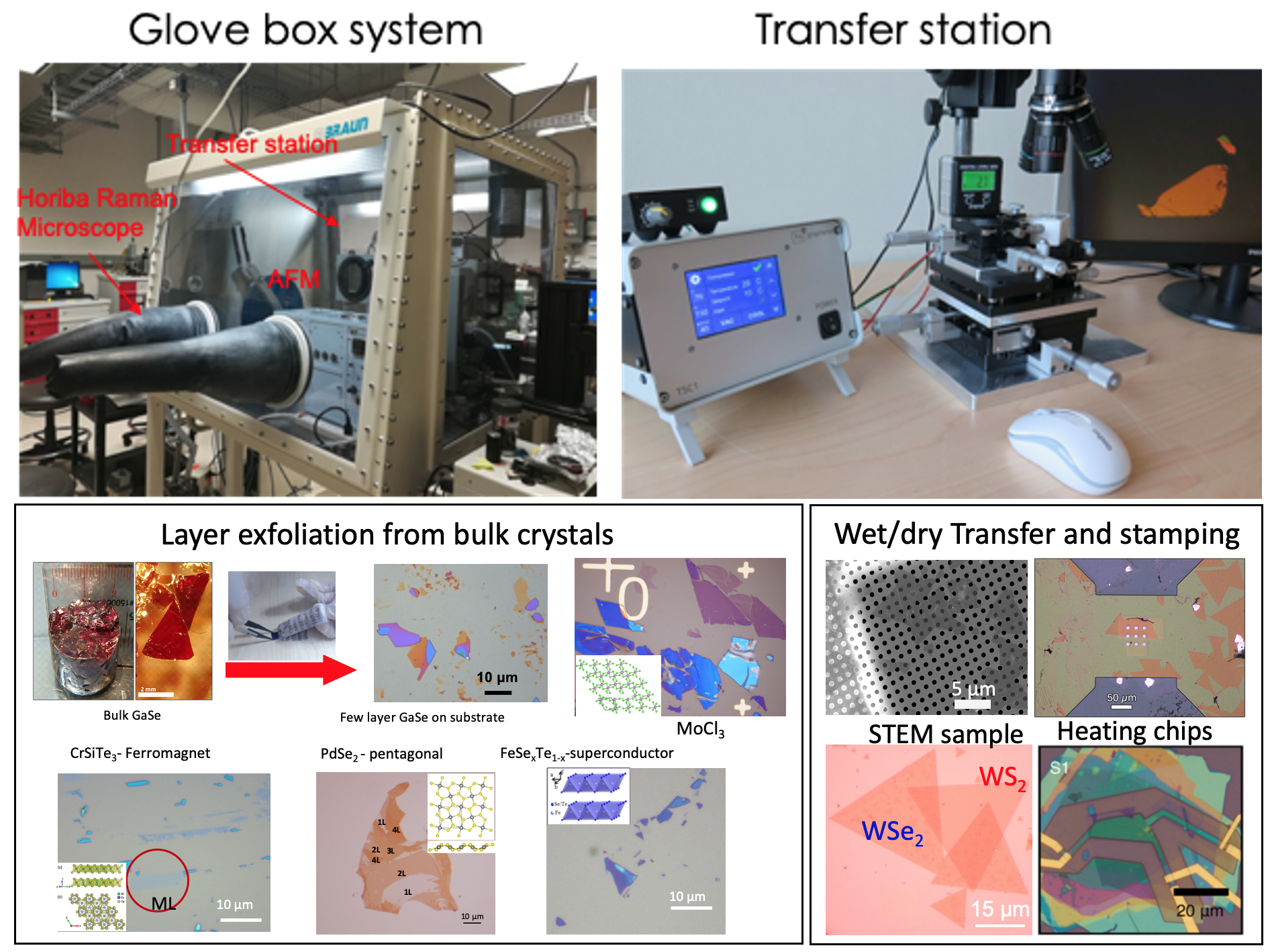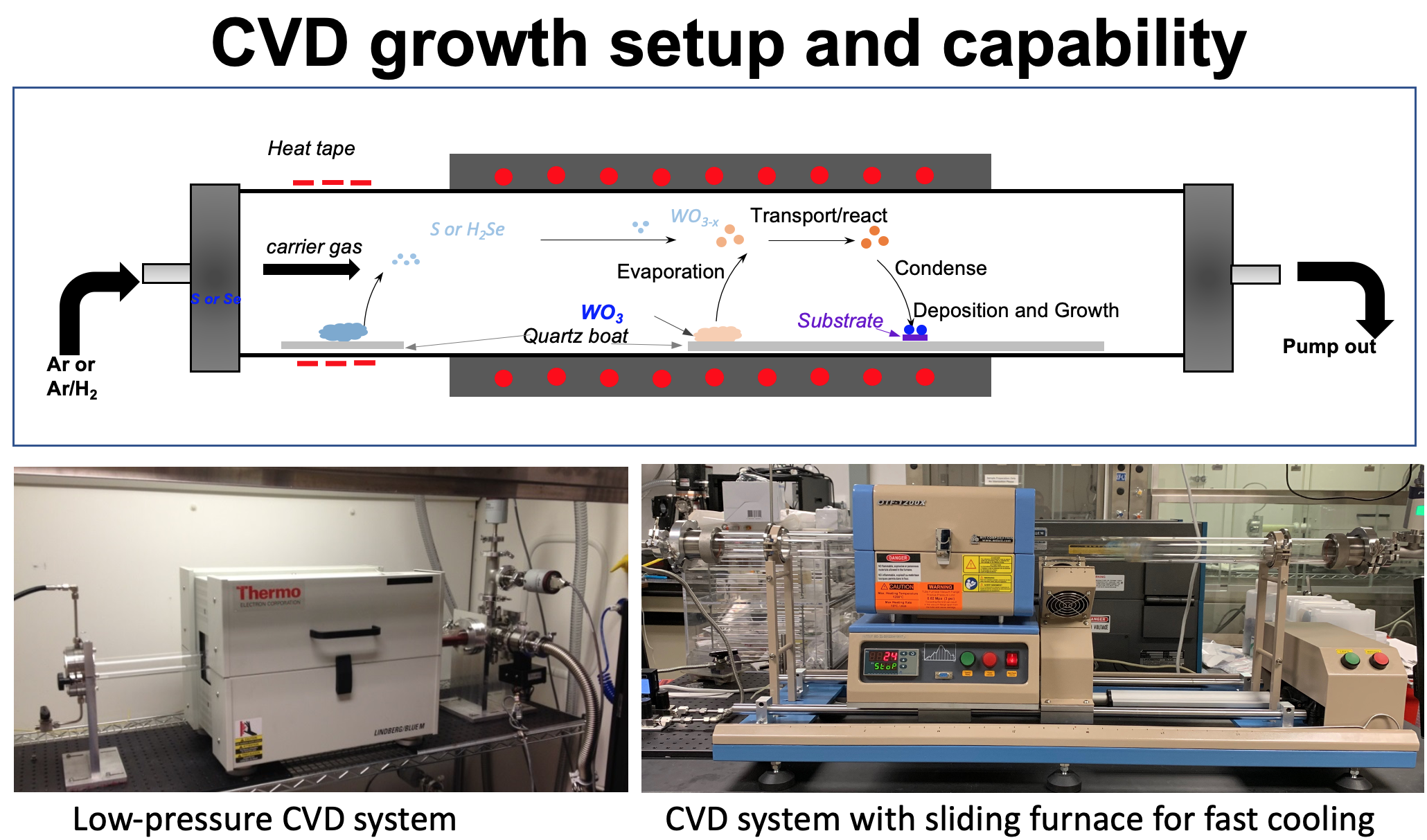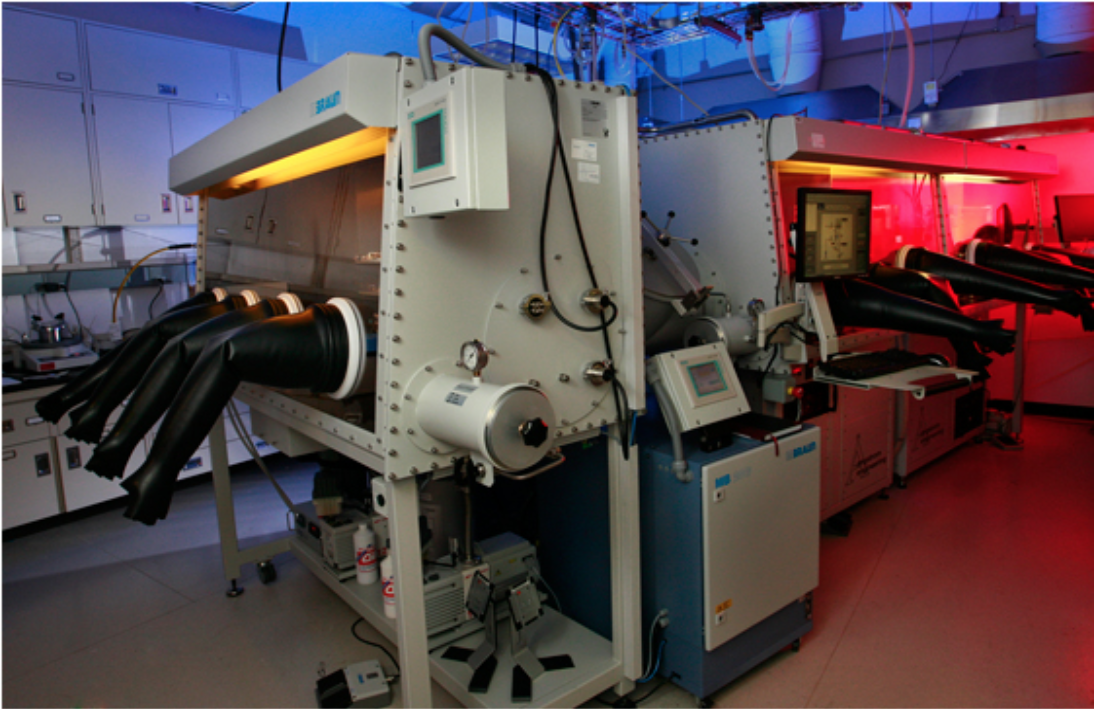Y. Gu, L. Zhang, H. Cai, L. Liang, C. Liu, A. Hoffman, Y. Yu, A. Houston, A. A. Puretzky, G. Duscher, P. D. Rack, C. M. Rouleau, X. Meng, M. Yoon, D. B. Geohegan, Kai Xiao, Stabilized synthesis of 2D verbeekite: Monoclinic PdSe2 crystals with high mobility and in-plane optical and electrical anisotropy, ACS Nano. 16, 13900 (2022).
Y. Gu, et al. Two-dimensional PdSe2 with strong in-plane optical anisotropy and high mobility grown by chemical vapor deposition, Adv. Mater. 32(19), 025048 (2020).
X. Li et al, Isotope-Engineering the Thermal Conductivity of Two-Dimensional MoS2, ACS Nano, 13, 2481(2019).
K. Wang, et al., Strain tolerance of two-dimensional crystal growth on curved surfaces, Science Advances 5, eaav4028 (2019).
X Sang, et al., Atomic Insight into Thermolysis‐Driven Growth of 2D MoS2, Advanced Functional Materials 29, 1902149 (2019).
M. Lin, et al., “Ultrathin nanosheets of CrSiTe3: a semiconducting two-dimensional ferromagnetic material”, Journal of Materials Chemistry C, 4, 315 (2016).


